The electric bike market is booming, but models with carbon frames remain a rarity, often reserved for an elite group willing to invest 3,000 euros or more. Engwe, a brand already known for its affordable fat-tire e-bikes, is tackling this trend head-on with the Mapfour N1 Air: an urban e-bike weighing just 15.6 kg, with a carbon fiber frame... for less than 1,500 euros.
An intriguing spec sheet, especially when you add a motor that complies with European regulations, a 7-speed Shimano drivetrain, and a sleek aesthetic. But how does this bike really perform in practice? Is the carbon frame enough to make it a daily champion, or did Engwe have to make too many concessions elsewhere to stay within the budget? Here is our complete test.
Design and finish: the simplicity of a high-end bike
At first glance, it's hard to imagine that the Mapfour N1 Air is an e-bike for less than €1,500. Its look is a clear contrast to that of other Engwe models, which are more fatbike-oriented. Here, simplicity and lightness are the order of the day: the matte carbon frame, molded from a single block, immediately catches the eye. There are no welds, and the lines are taut. This gives the bike an almost conceptual look, more reminiscent of a high-end fixie than an urban e-bike.
This choice of material isn't just aesthetic. Carbon fiber allows Engwe to offer a particularly light model for an e-bike: 15.6 kg with the battery. A record in this price range, which places the N1 Air alongside much more expensive bikes. This lightness is a game-changer in use: the bike is easy to handle, can be carried up stairs, or stored in an apartment without any problems.
The finishes are generally clean, even if certain elements — such as the plastics around the LCD screen or the brake levers — betray the price positioning. However, we are pleasantly surprised by the overall impression and the consistency of the design.
Everyday practicality: a true city bike
With its 28-inch wheels, straight handlebars, and short wheelbase, the Engwe Mapfour N1 Air has clearly been designed for urban use. It easily weaves through traffic, remains stable in tight turns, and offers excellent maneuverability in dense areas. Its geometry ensures an intermediate riding posture, suitable for both novices and more experienced cyclists. The adjustable stem also allows you to adjust this position.
Another advantage for daily commuting: the battery is removable, which allows it to be recharged separately from the bike. A key allows it to be locked in the frame to prevent theft. A classic, simple and reliable system. In terms of practical equipment, Engwe equipped his bike with mudguards and a kickstand, but forgot a luggage rack, which is always practical.
Note that the bike is advertised as compatible with riders measuring from 1.60 m to 1.90 m. The seat post and handlebars are adjustable, confirming that it adapts well to different body shapes.
Connectivity: a well-designed application and an effective GPS
The Engwe Mapfour N1 Air has Bluetooth connectivity and a dedicated mobile application, available on Android and iOS. Once paired, the bike can be controlled and configured directly via the Engwe app, which is both intuitive and functional.
One of the most significant features is the integration of a GPS navigation system. The guidance interface, visible on the bike's LCD screen, allows you to follow a route without having to pull out your smartphone at every intersection. Although the screen isn't touch-sensitive or map-based, the instructions, which revolve around a logic of directional arrows and remaining distances, are clear and well thought out. In the city, this is very useful for following a route without getting lost or stopping every other street corner.
If you prefer to use the map display, simply go directly to the application interface, once the smartphone is attached to the handlebar. The routes are relevant and the display is very neat with lots of details.
In direct sunlight, the screen isn't the most readable, but it does include a USB-C port. © JSZ — 01net.com
The app also lets you electronically lock the bike, view trip statistics (distance, average speed, estimated calories burned, etc.), select the assistance level, and even perform certain software updates.
Finally, it is also possible to configure your smartphone to automatically lock the bike and activate the alarm as soon as you move away from it. In the event of unwanted tampering, a ringtone is emitted by the e-bike and a notification is sent to your smartphone. Very effective in deterring a thief from persisting.
Equipment: between relevance and compromise
The Mapfour N1 Air's equipment reflects the product's DNA: a high-end frame, but functional components, without extravagance. The motor, located in the rear hub, is coupled with a cadence sensor and offers five levels of assistance. The activation is relatively smooth, but the transitions sometimes lack fluidity, especially during frequent stops and starts. The torque delivered is sufficient for urban use, but shows its limits as soon as the road climbs seriously.
The 7-speed Shimano Tourney transmission is the minimum you could ask for on a carbon e-bike (incidentally, the fork is aluminum). Gear changes aren't exemplary in their precision or responsiveness. Especially since the SL-TX 50-LN shifter represents the ultimate in cheap (at less than 15 euros) for such a model.
Without suspension, the wide 28 x 1.5-inch (3.8 cm) tires provide comfort. They barely absorb road irregularities. Not a problem as long as you stay on good asphalt, but quickly becomes tiresome if the surface isn't perfect, and even worse on cobblestones. Especially since the fork is not made of carbon, but of aluminum, these roughnesses are less well absorbed.
For braking, Engwe opted for 160mm mechanical disc brakes. This is undoubtedly one of the bike's main weaknesses: the bite and progressiveness are very limited, even more so in the rain. Hydraulic brakes would have been welcome, although their absence is explained by the desire to contain costs.
Riding and feel: lively, playful, but limited on climbs
The N1 Air's riding experience is generally positive, especially in urban areas. The carbon frame plays a central role here: its rigidity and lightness make the bike very responsive. You immediately feel the difference compared to a classic aluminum e-bike. The bike takes off quickly from the lights, changes of direction are instantaneous, and riding is almost fun.
The electric assistance supports pedaling well, especially on the first three levels. At level 5, the assistance becomes more pronounced, ideal for maintaining a cruising speed of around 25 km/h. On the other hand, the motor shows its limits on steep or prolonged slopes, especially for cyclists over 80 kg. The lack of a torque sensor is felt here: the assistance remains very binary and does not adapt to the intensity of pedaling.
This bike is designed for flat or slightly hilly areas. For more demanding journeys or suburban routes, it's better to opt for a model with more torque, or one with a mid-mounted motor.
Autonomy: adequate, nothing more
With its 360 Wh battery, the N1 Air doesn't promise miracles, but it does the essentials. Engwe advertises up to 100 km in eco mode, but in reality, it's more like 35 to 60 km depending on the conditions: rider weight, assistance level, type of ride, elevation.
This range is sufficient for daily use in the city: a recharge every two to three days for a round trip of around 20 km between home and work. The supplied charger allows you to refuel in around 4 hours.
It's certainly not an endurance champion, but it remains consistent with the urban philosophy of cycling. For frequent riders or long-distance cyclists, you'll need to consider more frequent charging... or a model with a larger battery.

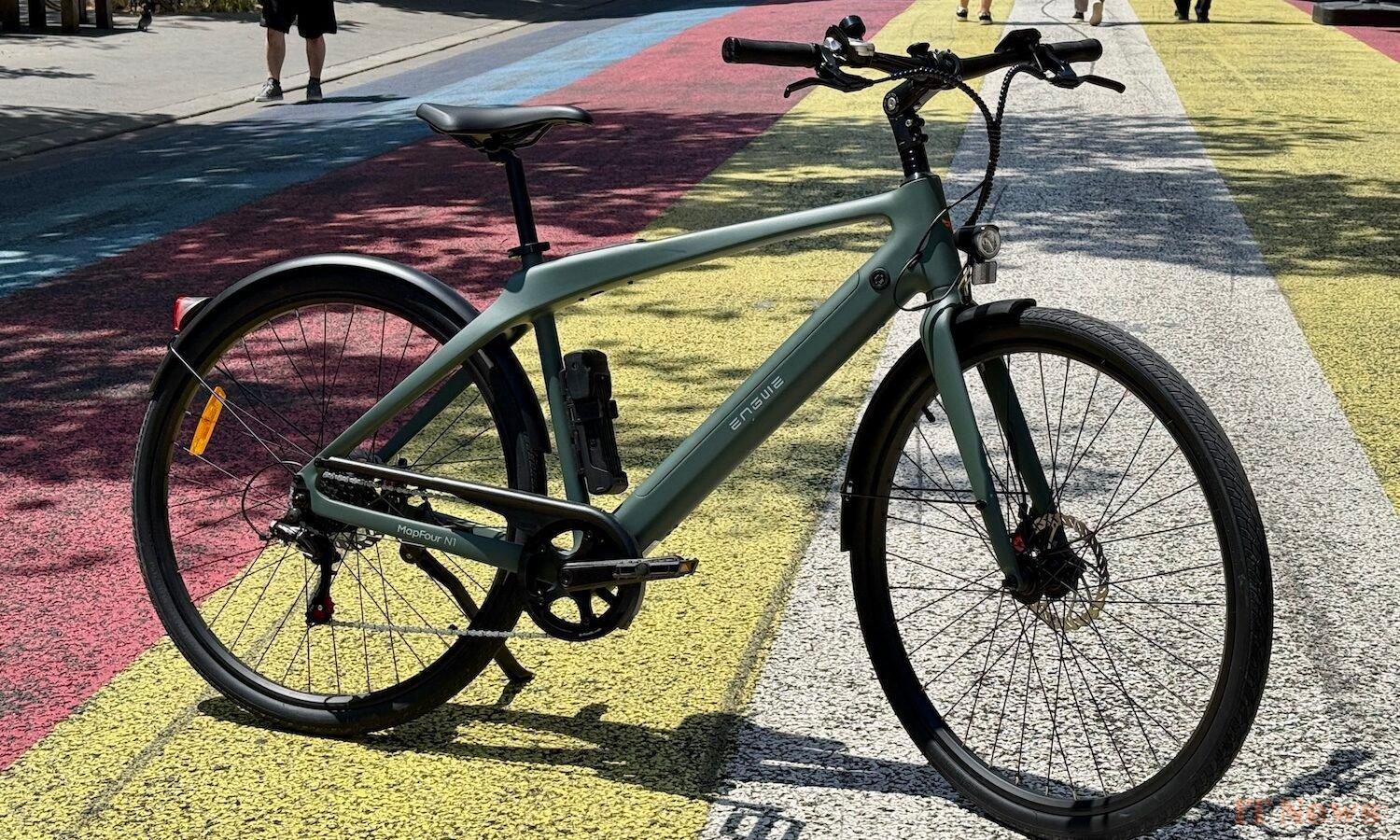
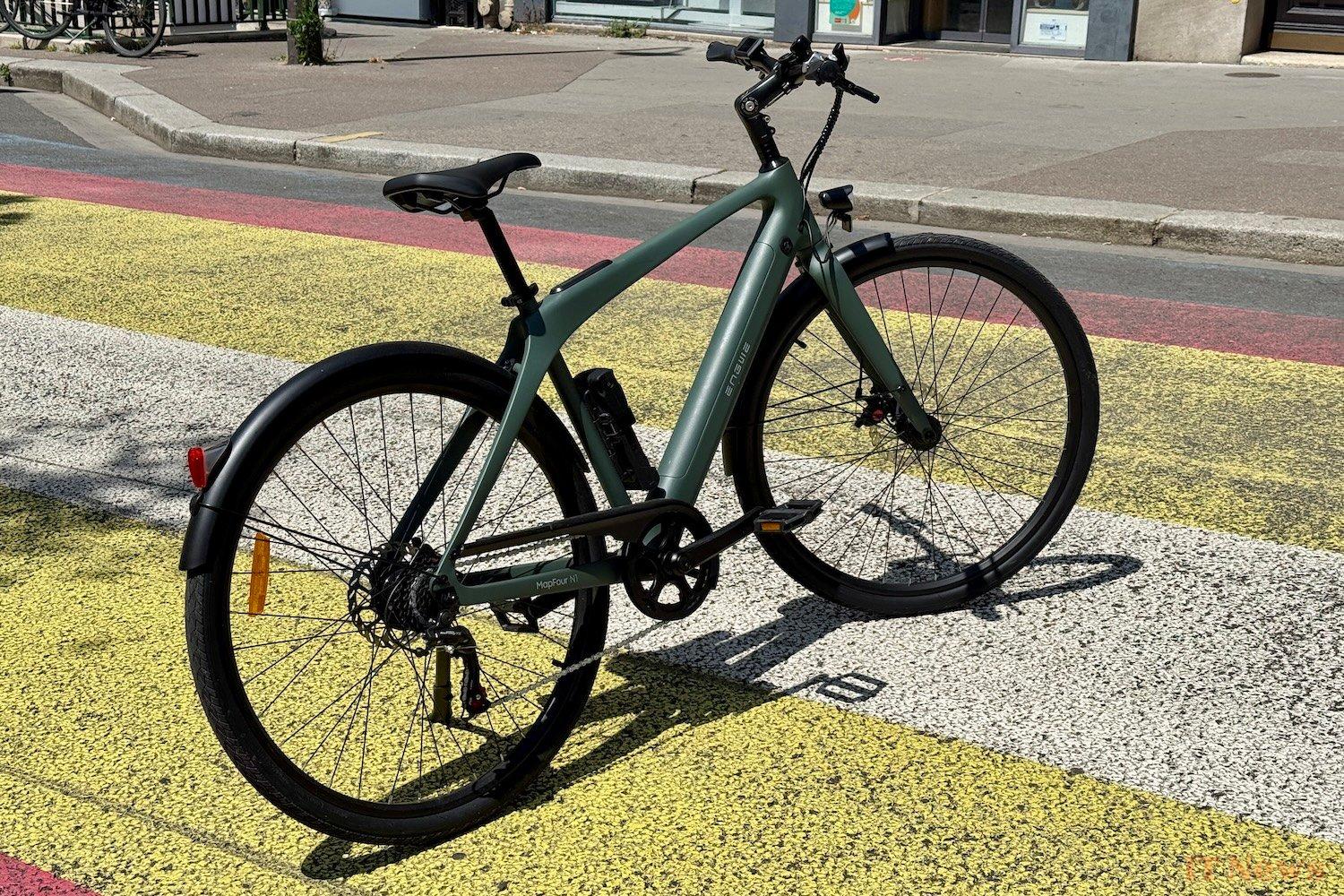
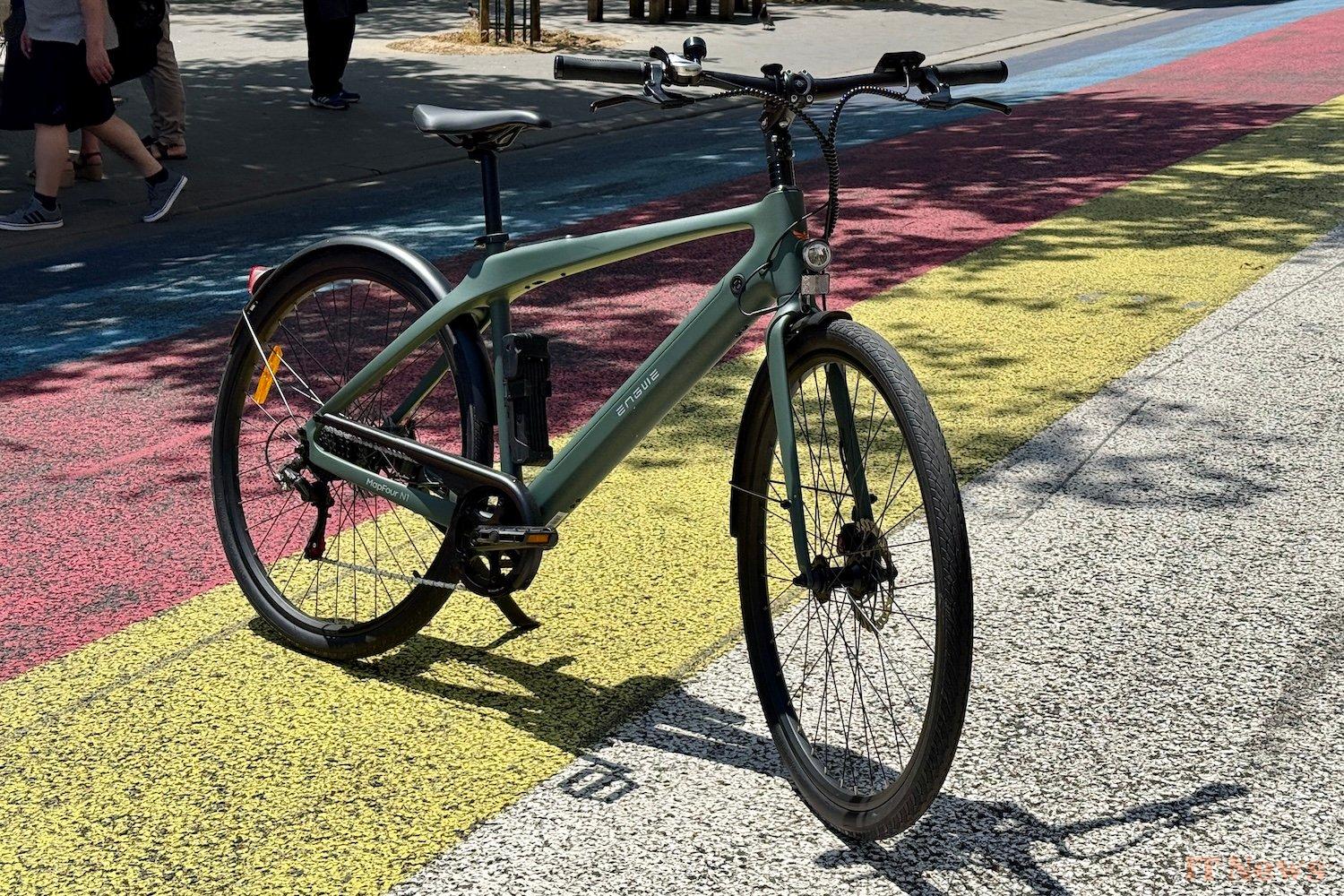
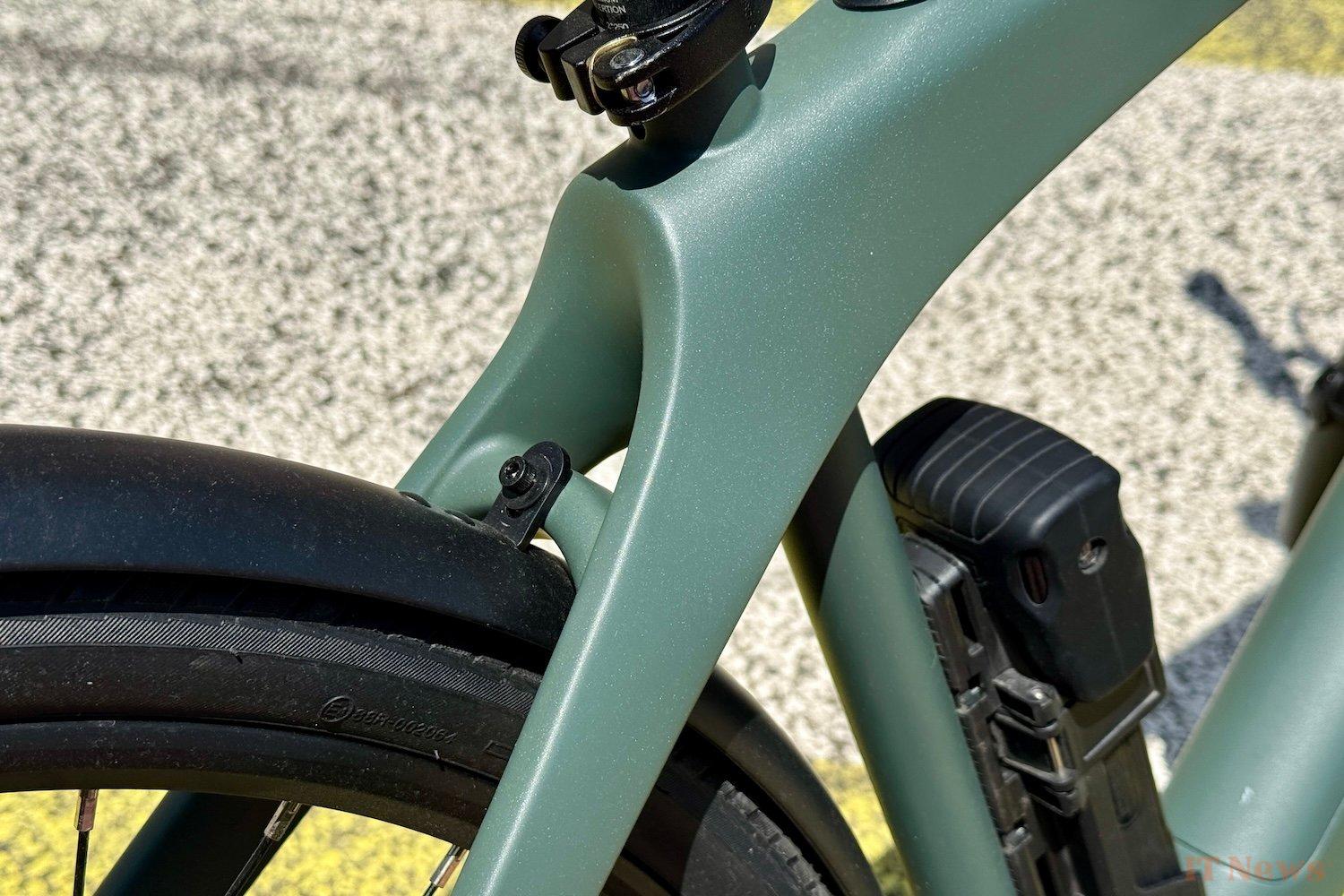
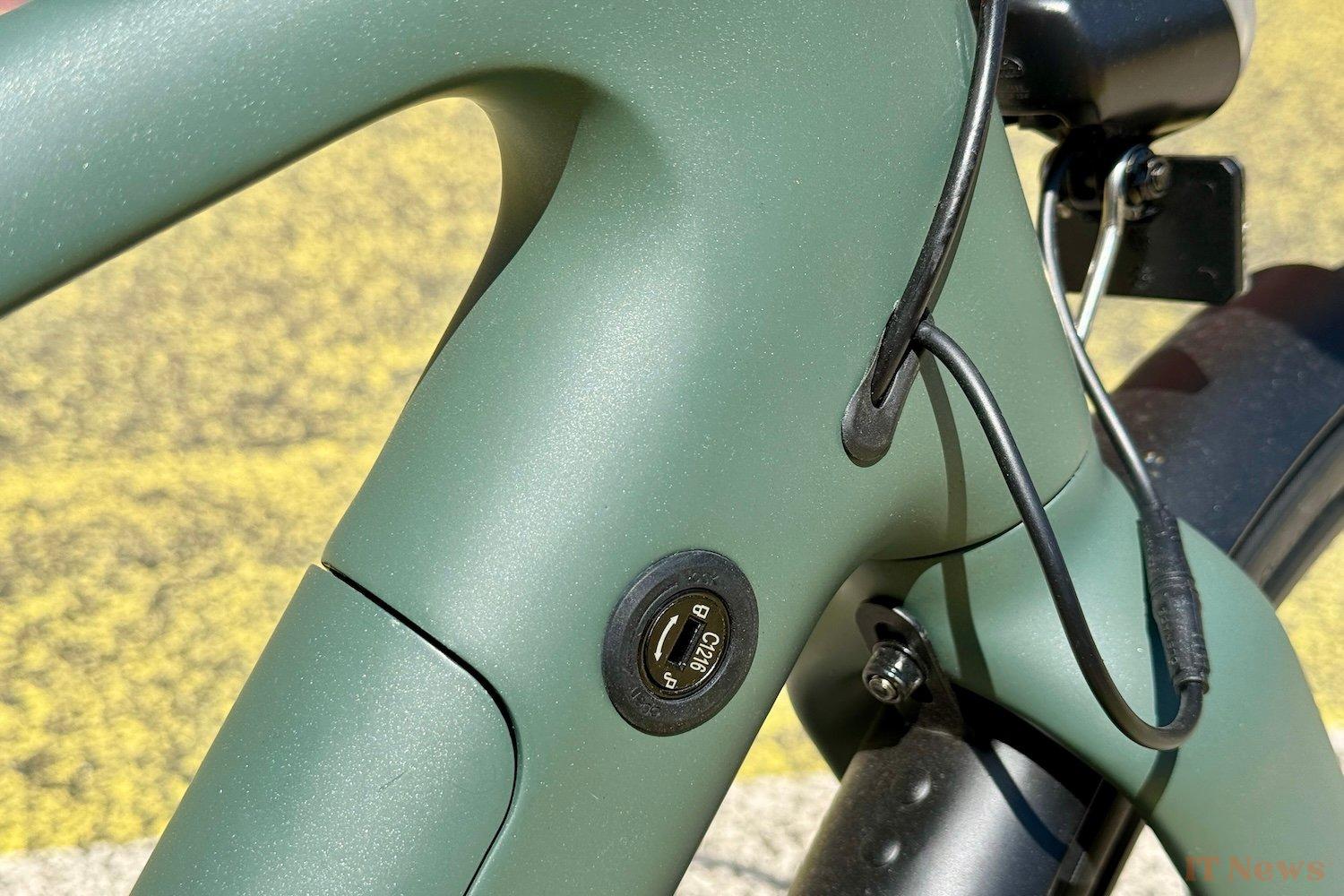
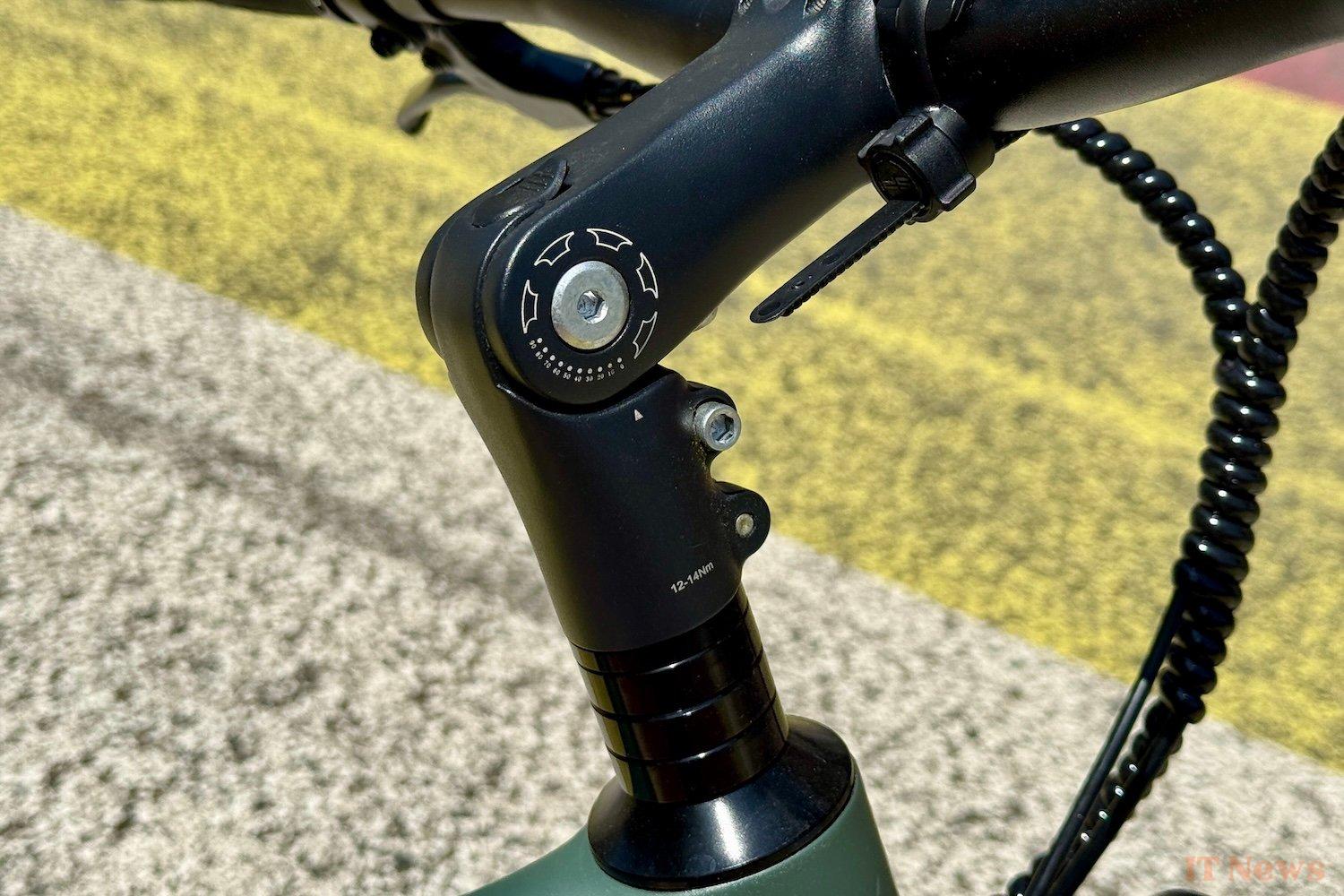
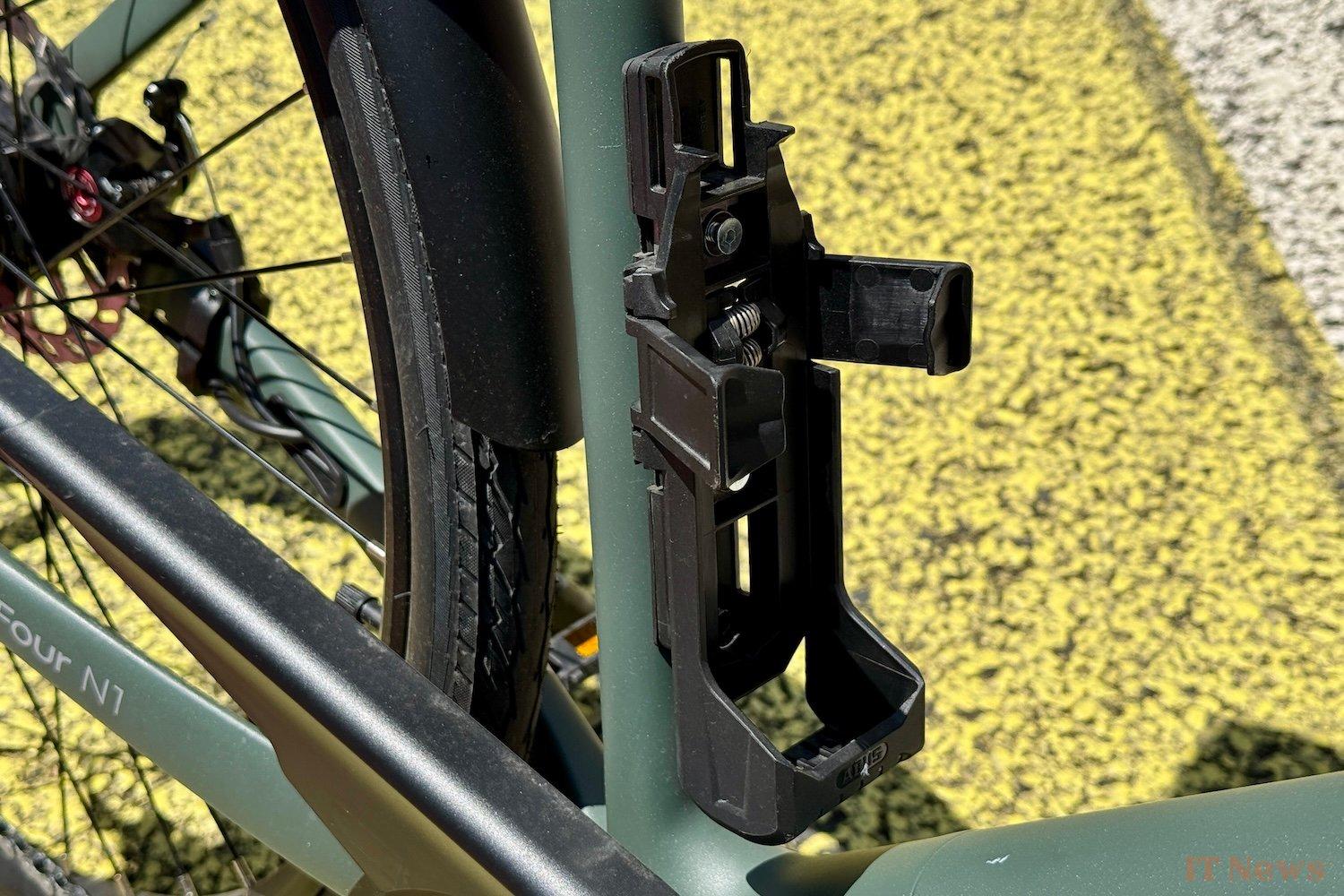
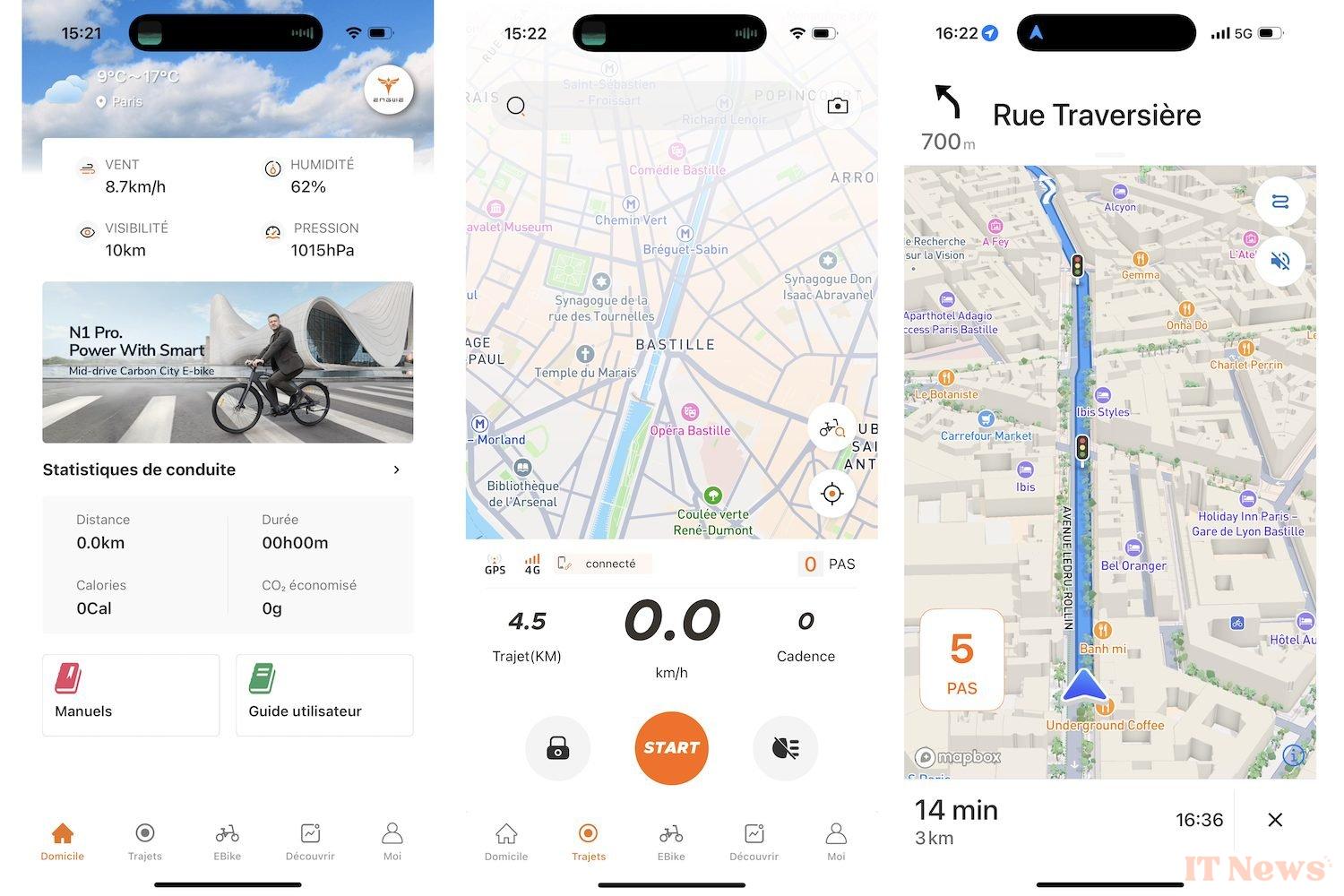
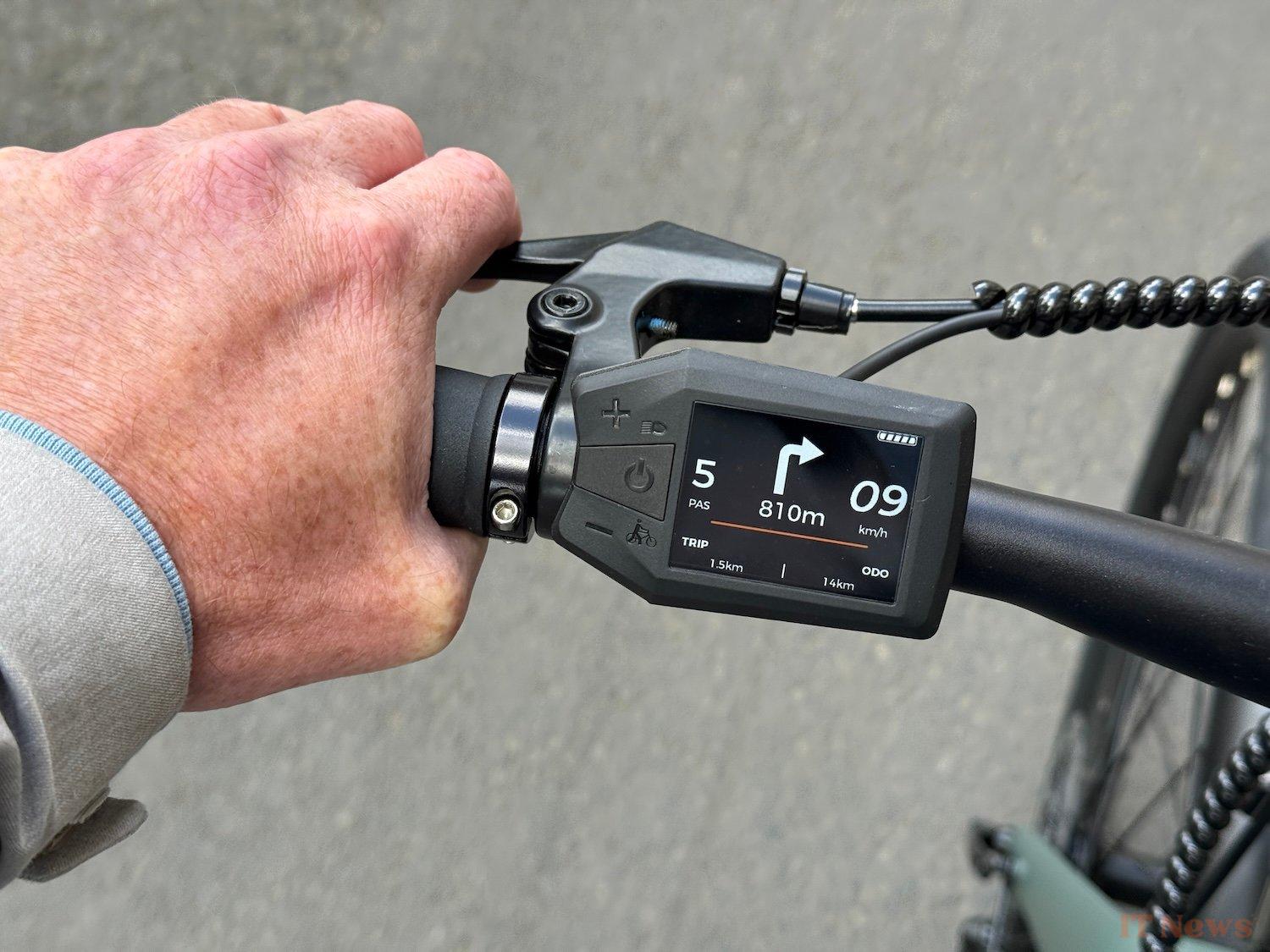
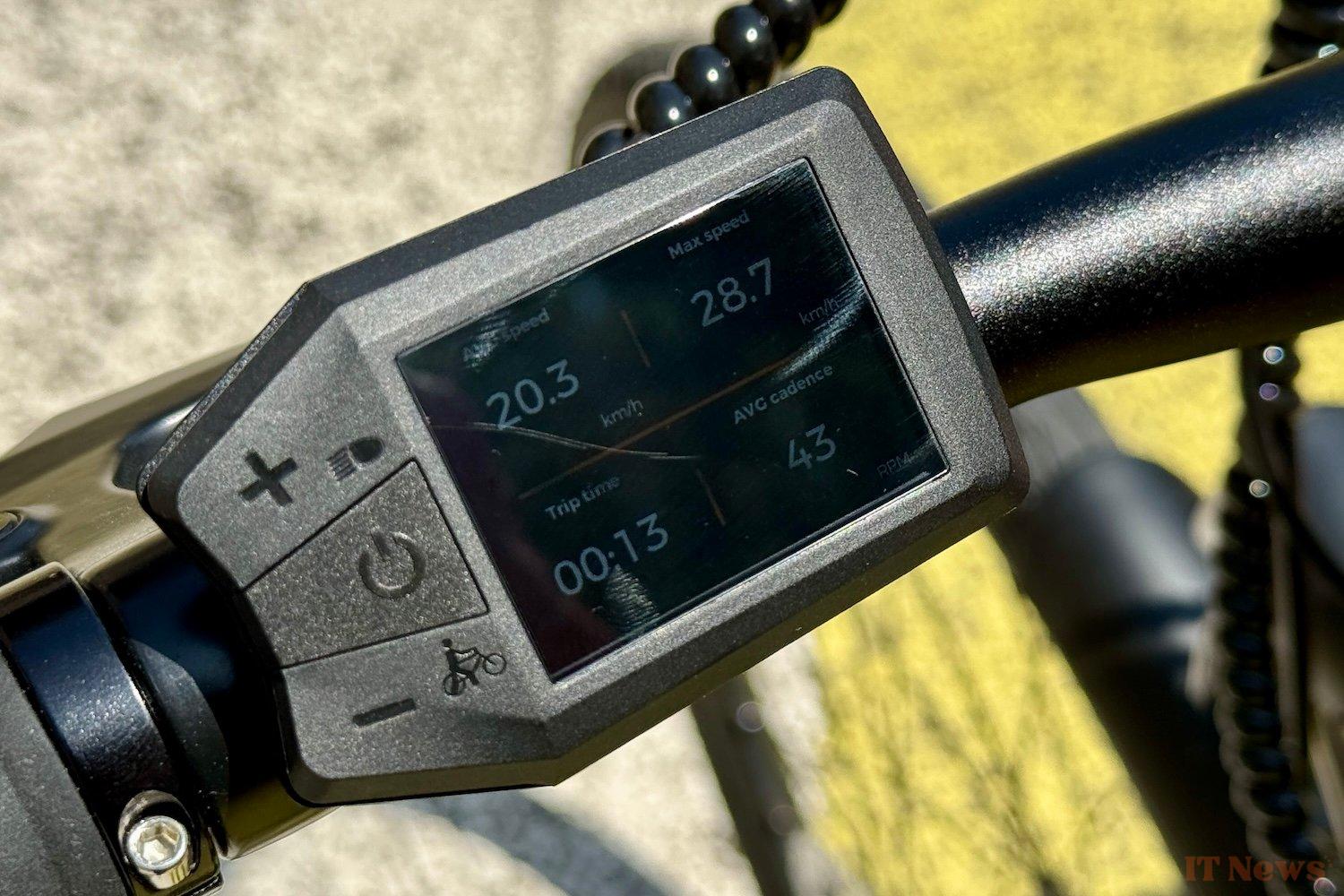
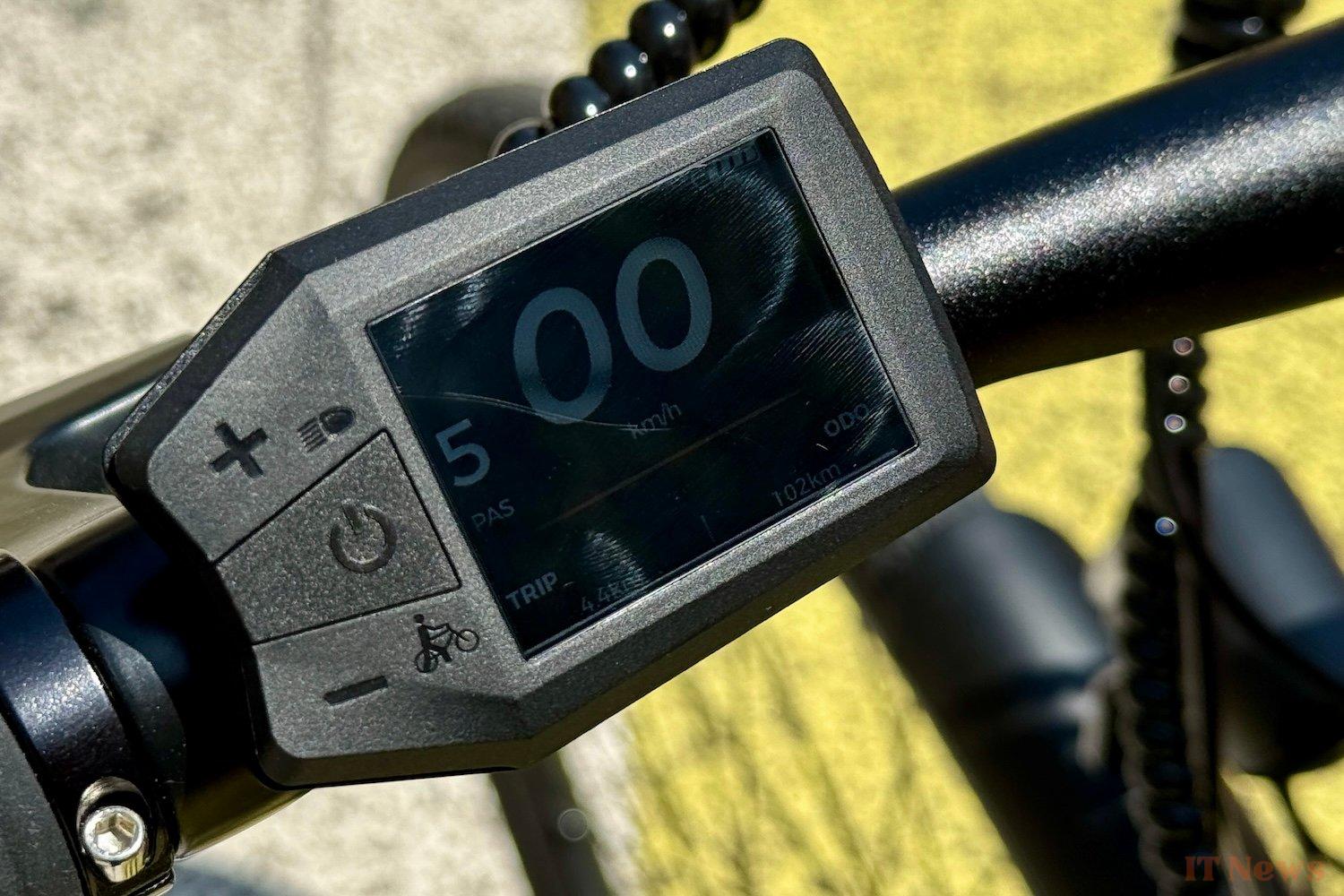
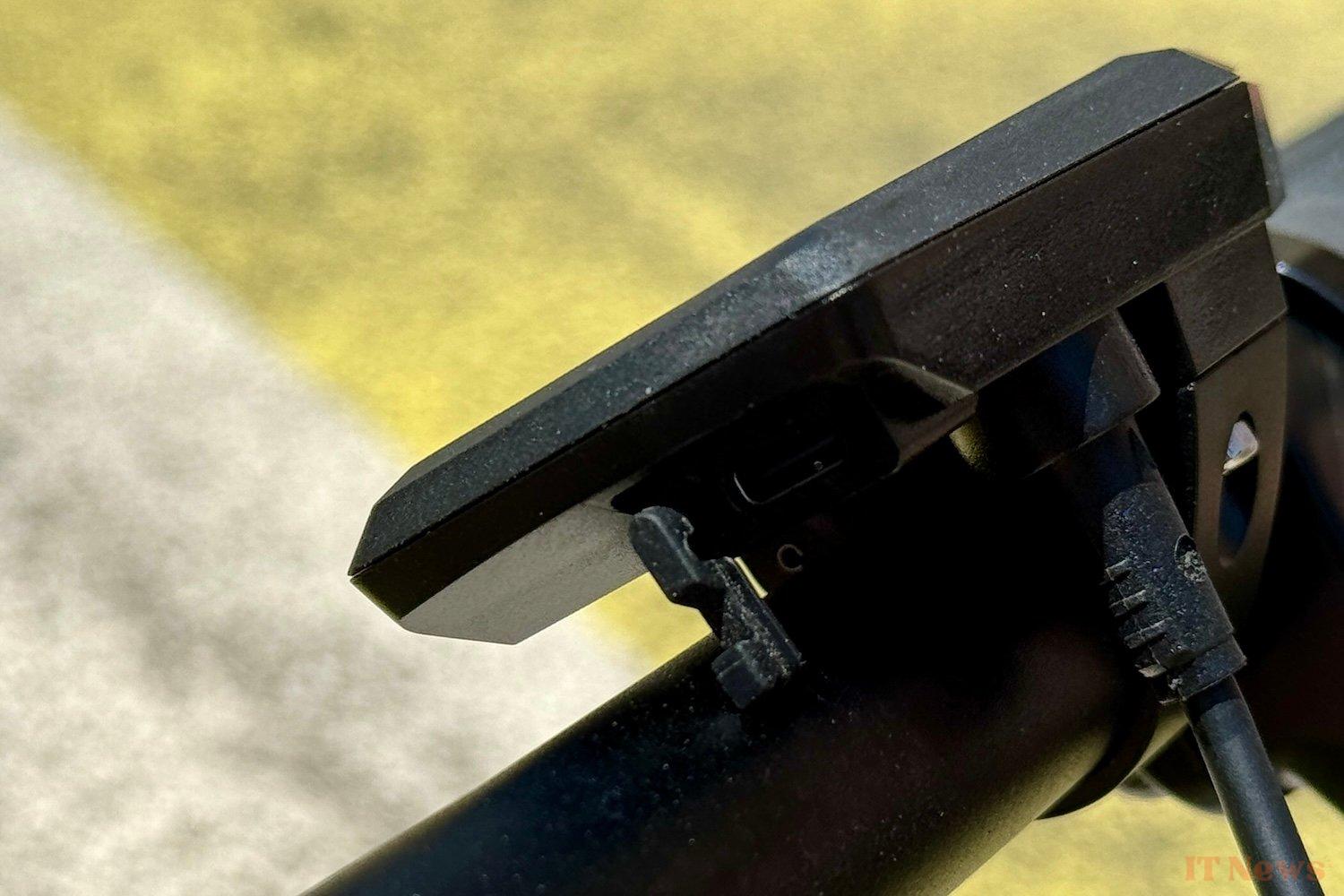
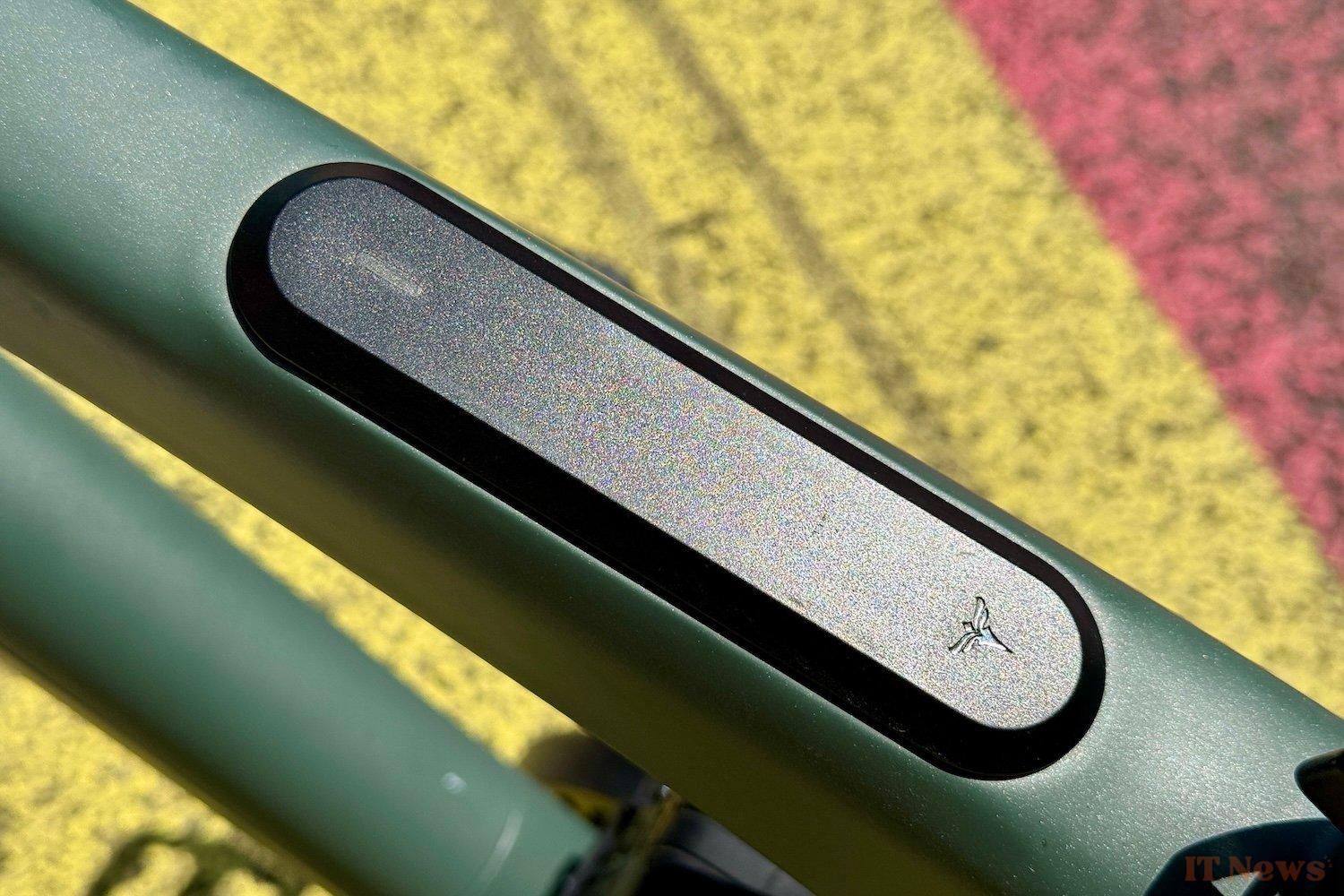
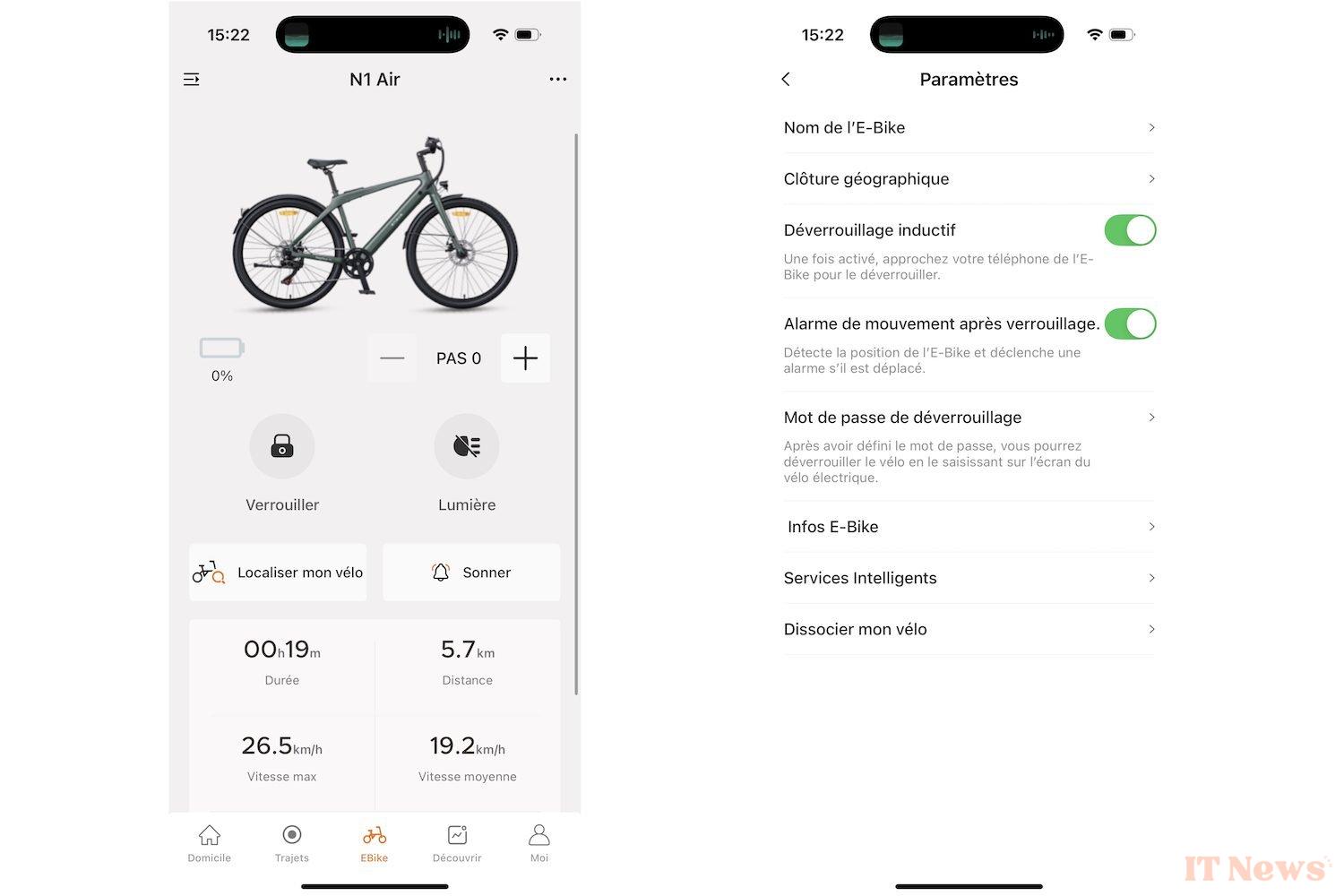
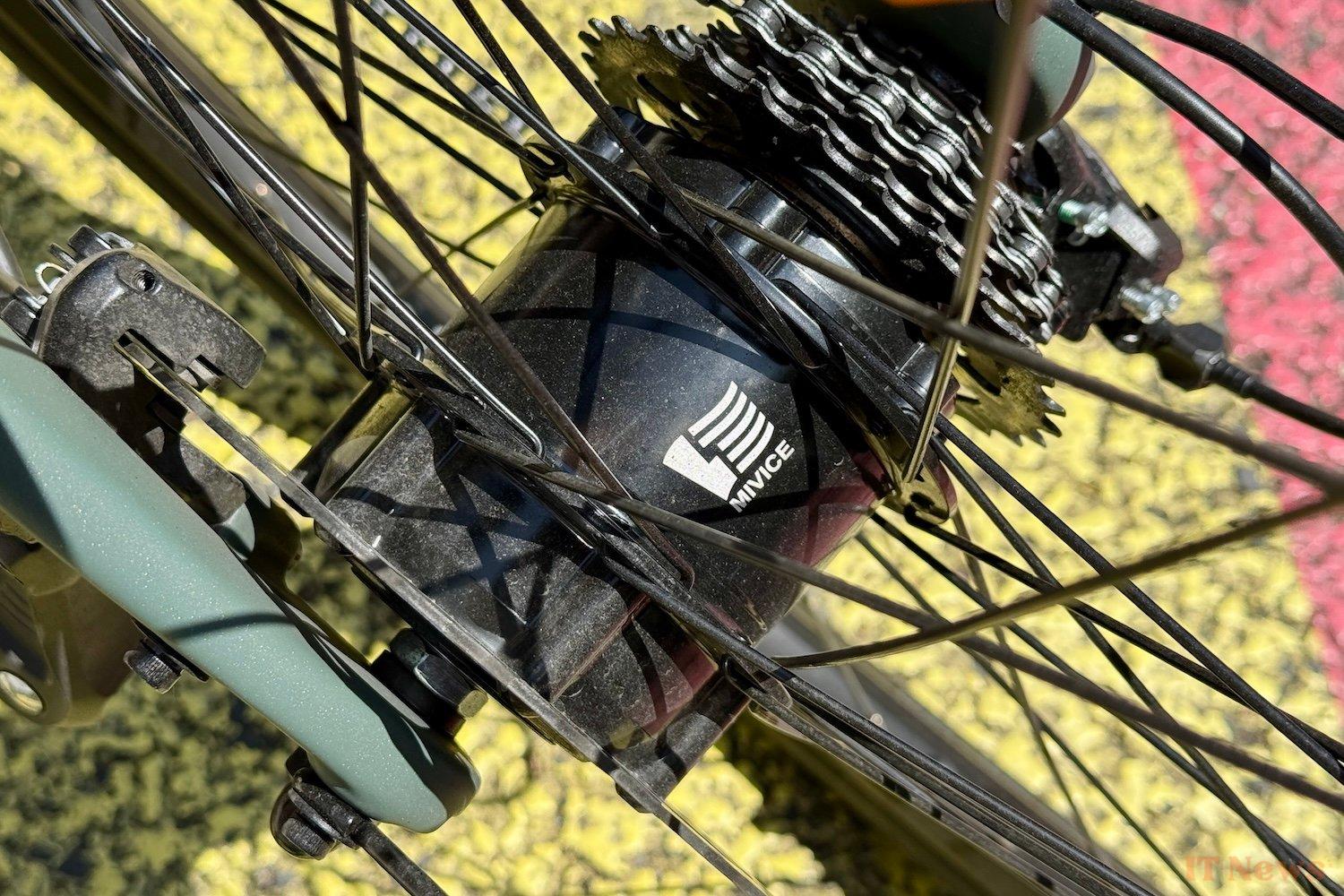
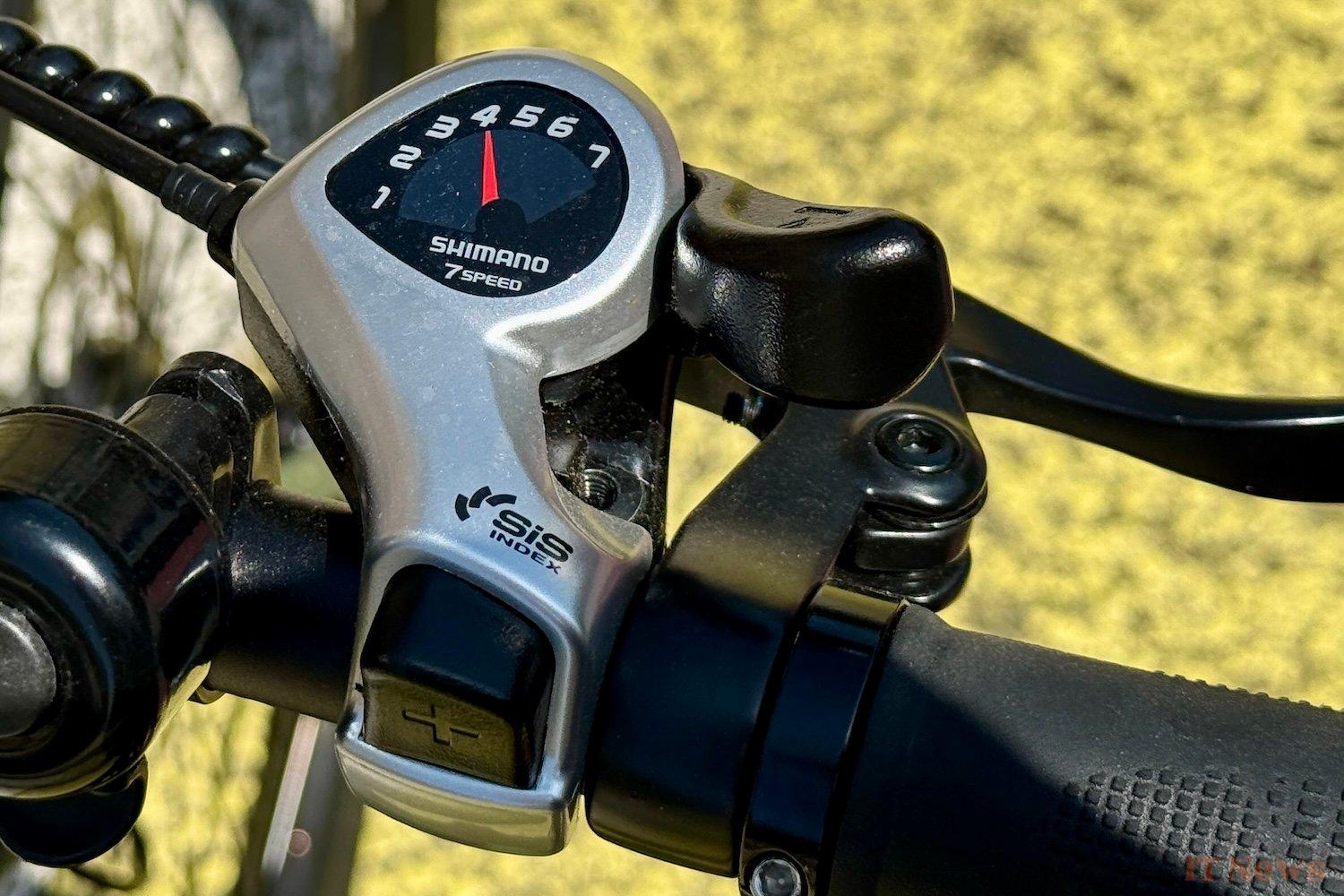
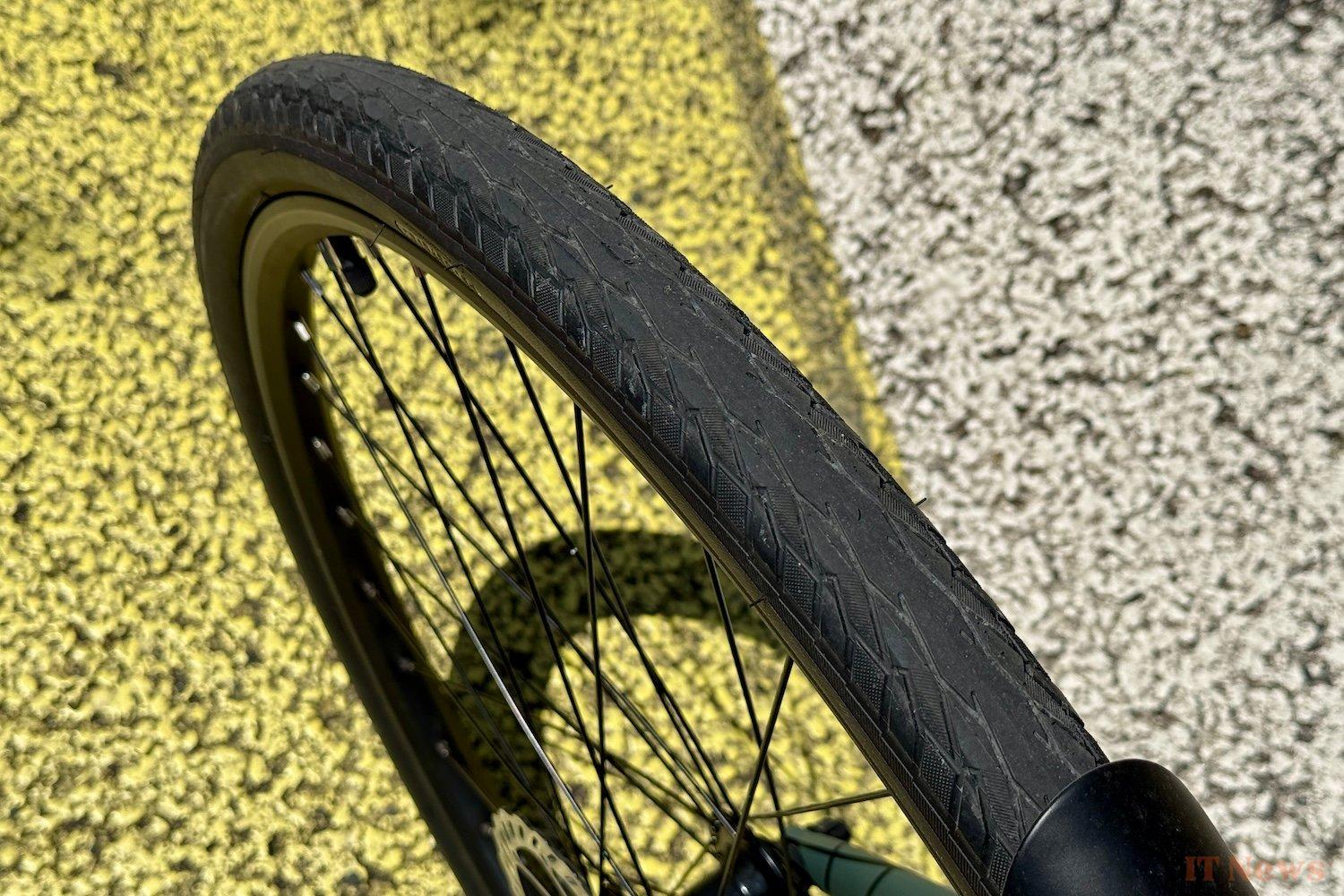
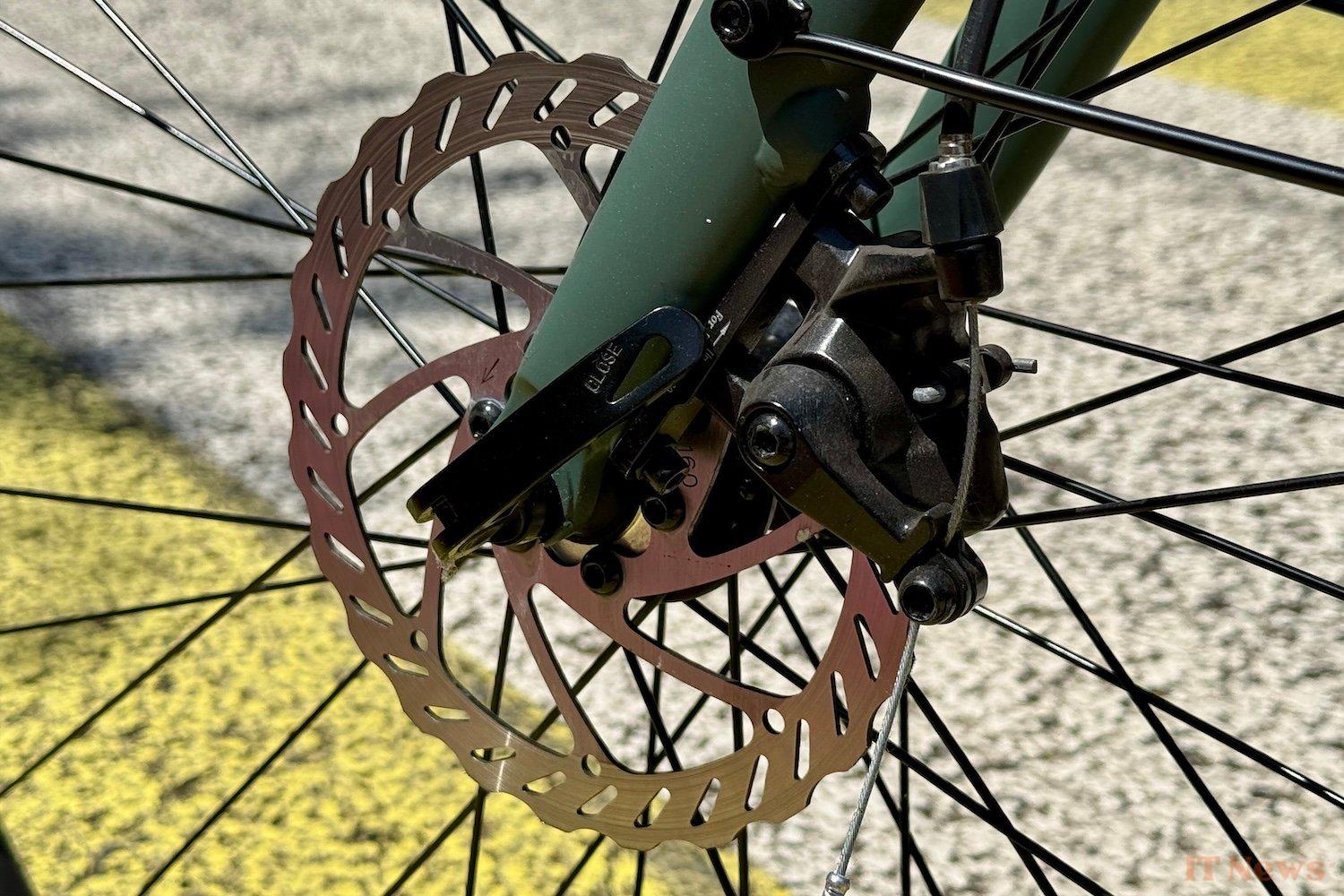
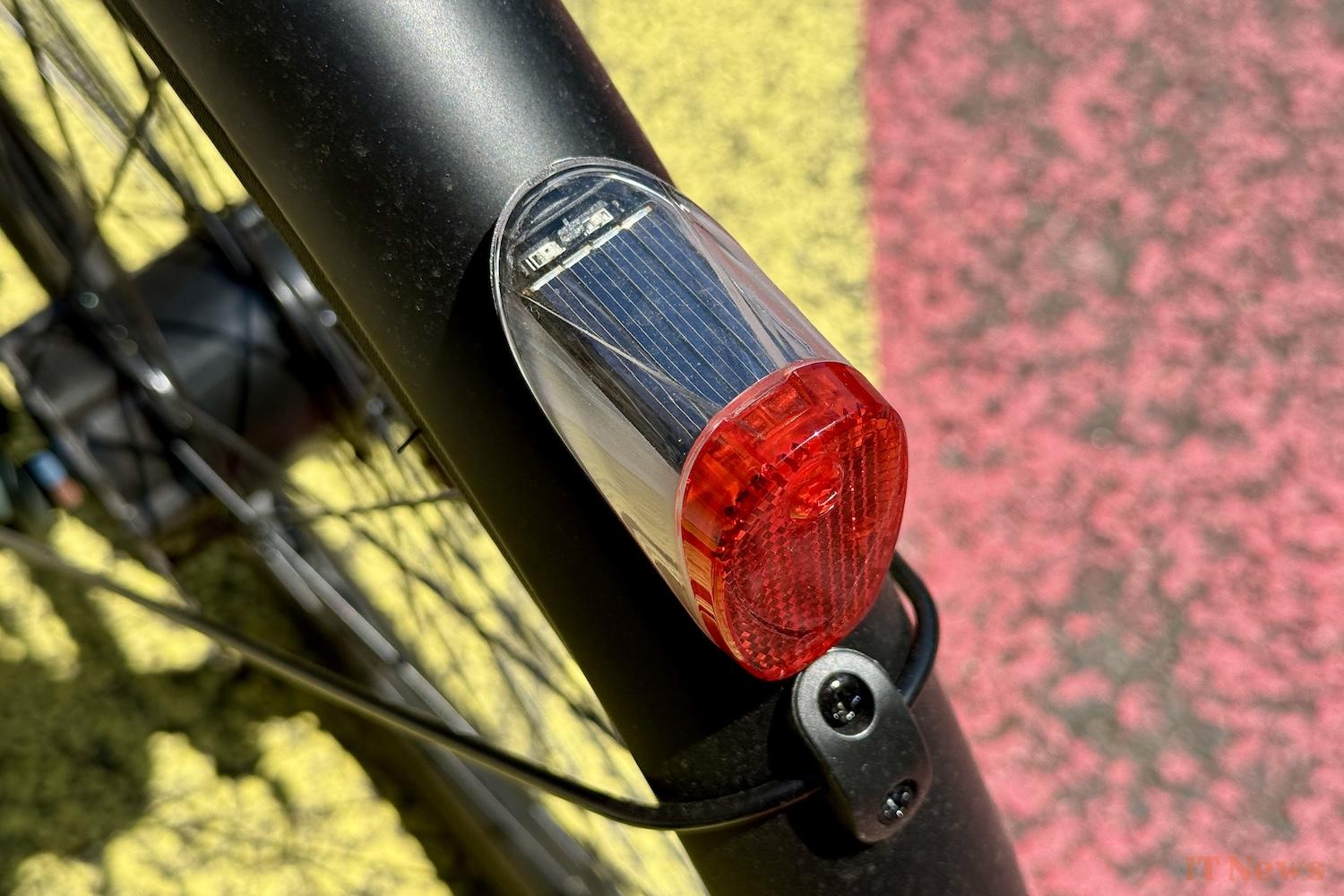
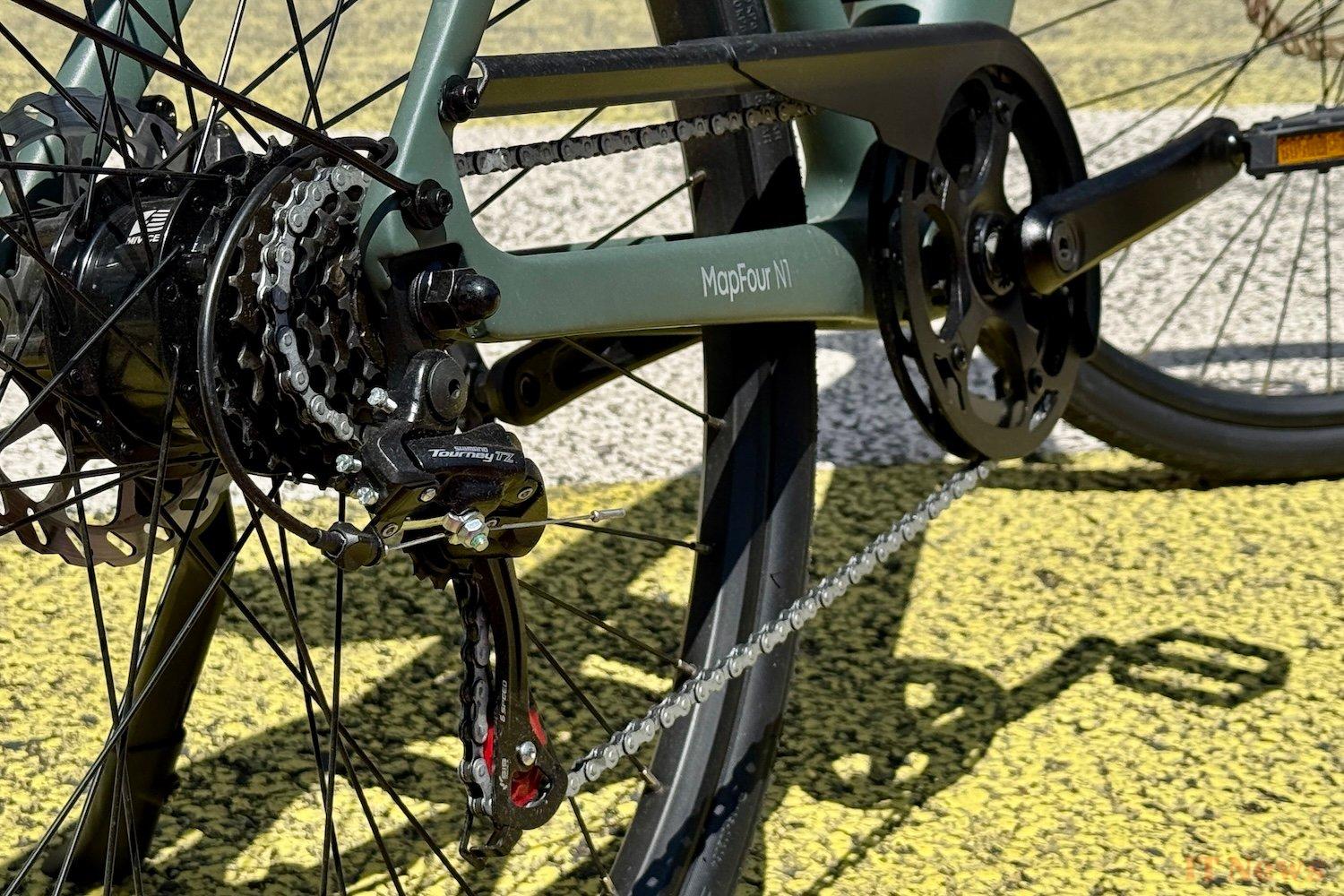

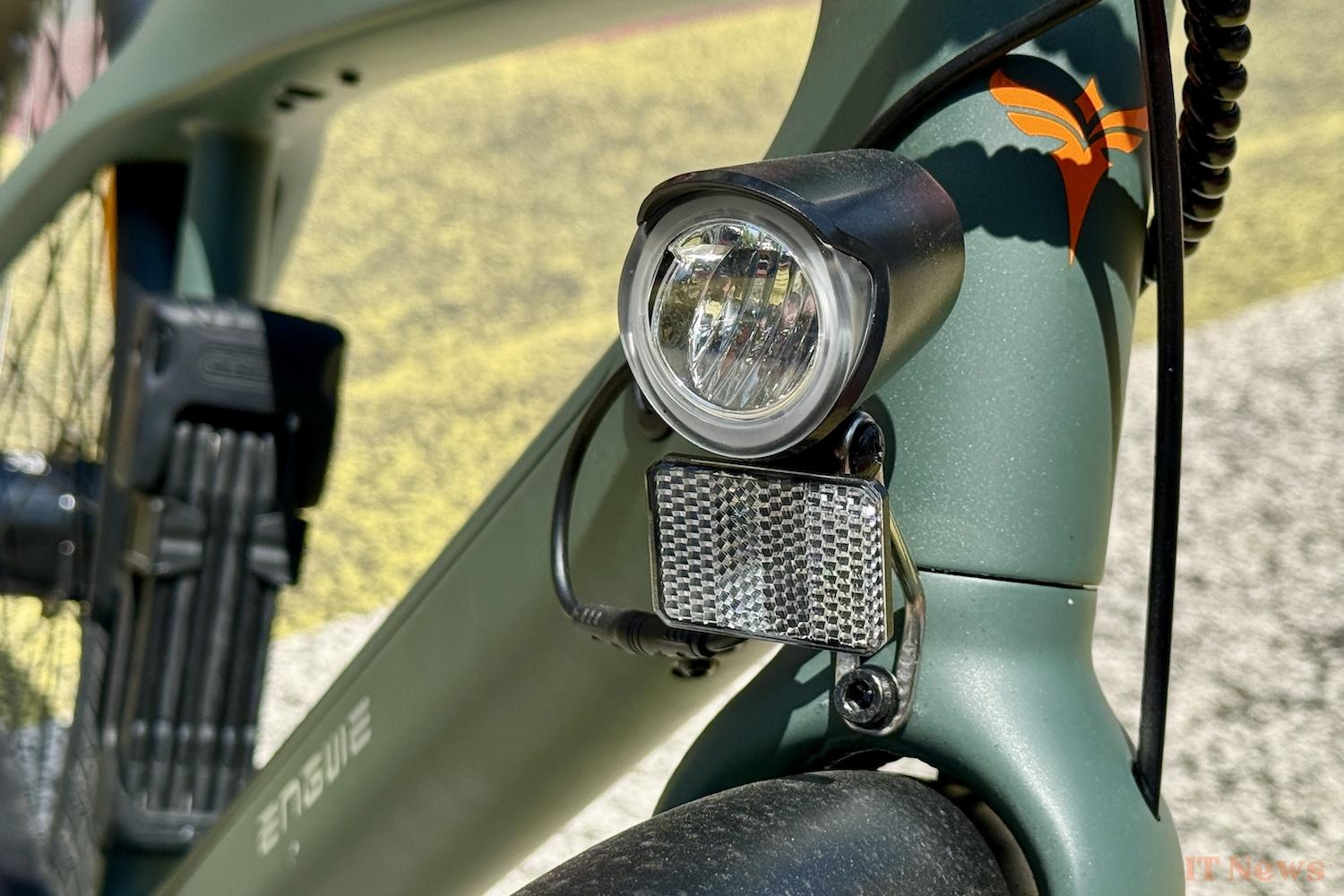

0 Comments